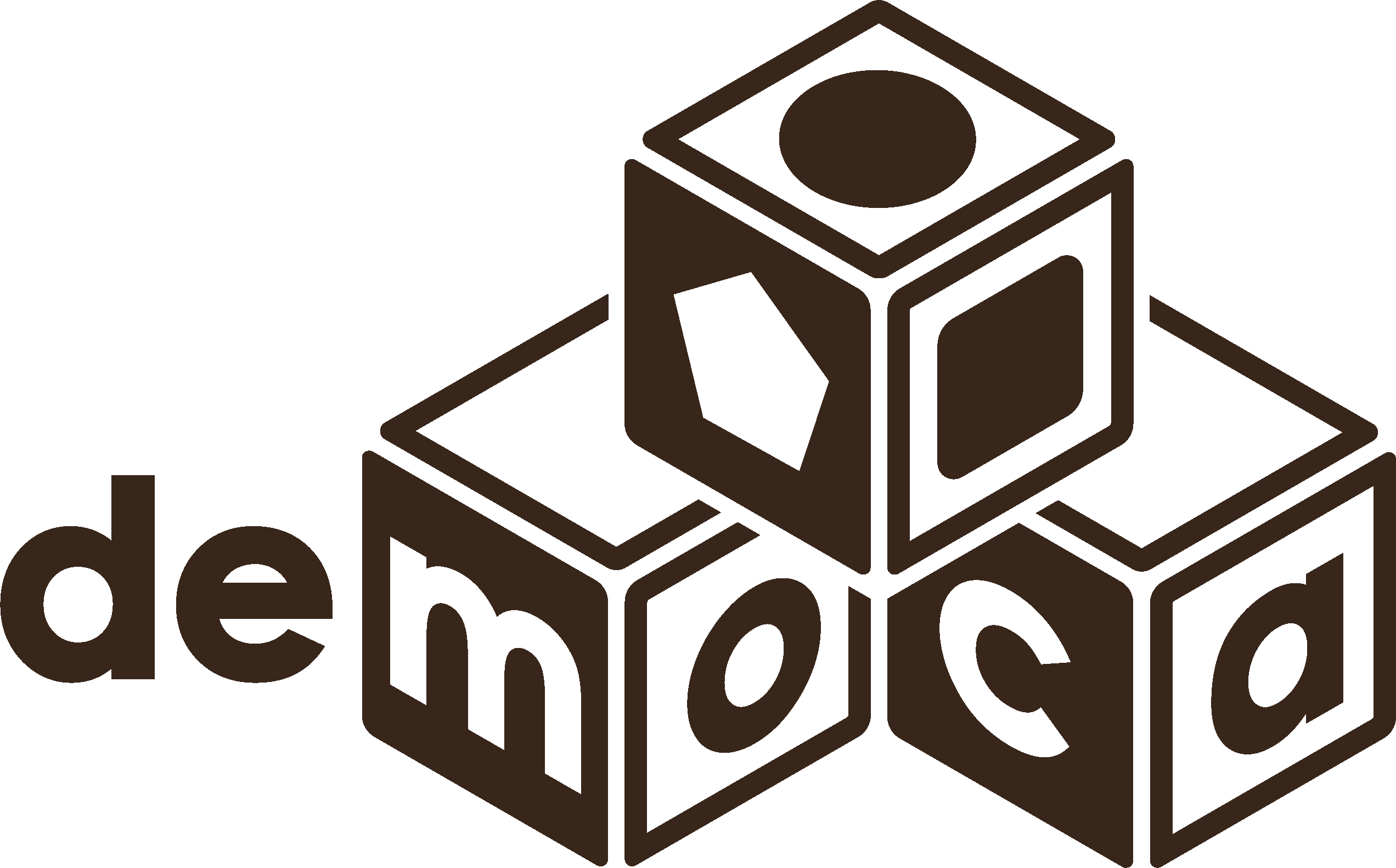
Certain, Possible or Impossible - Teaching Probability to Kids
Nov 29 , 2022
We all use probability and statistics!
Each day we make decisions based on probability or statistics. How often didn’t you think about leaving the house at a particular hour to avoid traffic in the morning? How many times did you choose to try a new dish at your favorite restaurant? How often did you decide to see a new film by a certain director simply because you previously enjoyed all his movies? Well, all these decisions were made based on probability and statistics. You used your previous experiences and knowledge to predict future events and outcomes.
Learning to predict
Teaching probability to young children might seem complicated. Is it? But furthermore, is it necessary to teach them? This basic concept will grow and develop into mathematical thinking and understanding. Quantifying if an event is possible, impossible, or certain helps children use logic in comparing and using numbers, seeing multiple potential outcomes from the same action, or processing simple weather reports like “There’s a 70% chance of rain tomorrow!”. This will help them make appropriate decisions daily.
Children five years old should be able to understand and use the concept of probability related to some practical events in their life, like the possibility of eating Pasta for breakfast.
Why teach probability?
While most of our actions, events, and relations are predictable and understandable, like if we drop a glass, it will break, there are other less predictable things, like the chances to win the lottery. This reasoning happens every day and helps us see the risks and possibilities of our actions.
How to teach probability?
The “possible” events might be easier to explain to little kids regarding how likely or unlikely they are. While this might be challenging at first, practicing with daily or weekly tasks that he does could help. Like asking: What’s the probability of brushing your teeth each morning this week?”. Start small and build on the way. Children tend to be curious about the world around them, so this concept will be pretty easy to introduce by referring to something familiar to them.
The power of games!
Fill a bowl with small objects in 2 colors (like Lego pieces, paperclips, or straws). Place just a few pieces of one color and many of the other. Just discuss the probability of pulling out one color or the other if they had their eyes covered. Then place the same number of pieces of the two colors and discuss the probability of drawing a certain color.
Books as a resource for probability lessons!
There are books with easy stories for little ones to understand the likelihood of an event or to predict an outcome. With fun, easy scenarios that are facing different situations. Check out “Bad luck Brad,” “It’s probably Penny,” or “Probably Pistachio,” and many more you’ll find with just a search on the internet.
Remember that children learn best when they are given PRACTICAL opportunities. From games to real-life activities, children can discover and understand probability and how to apply it to everyday life.
